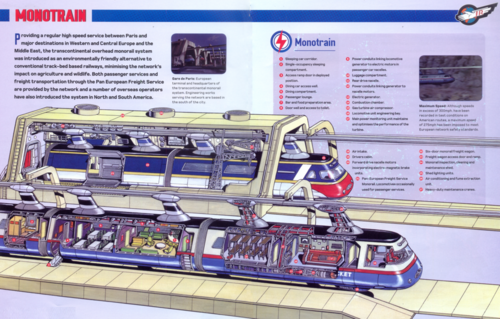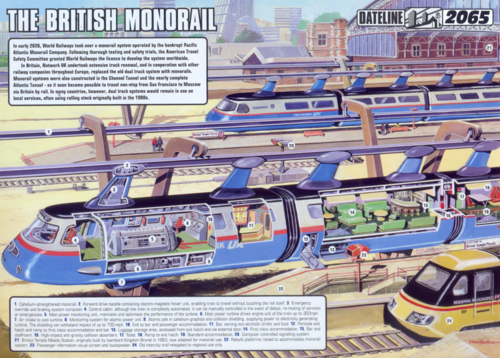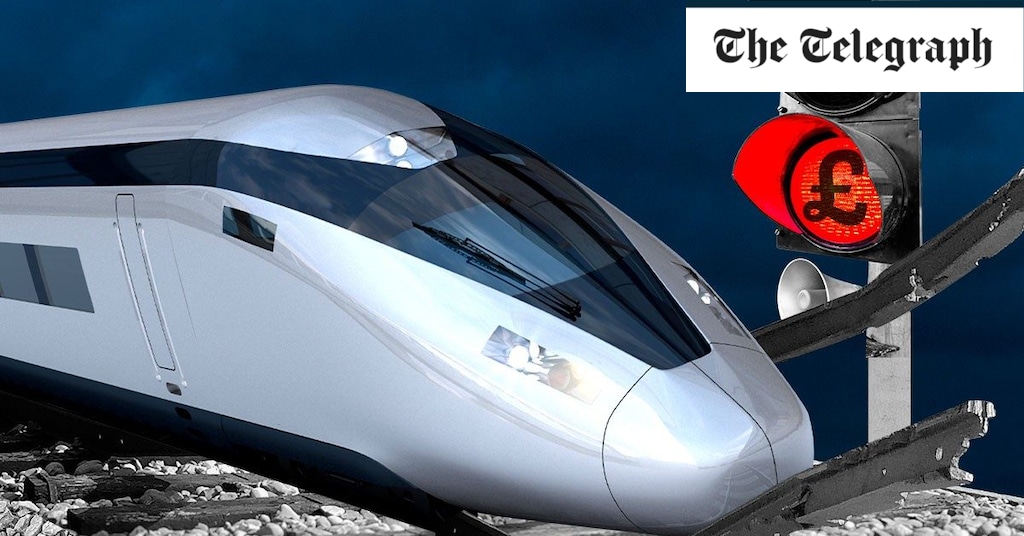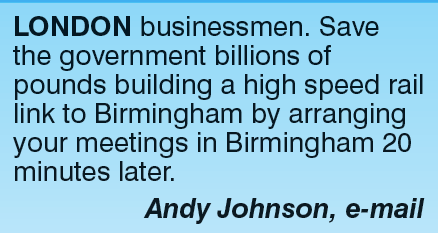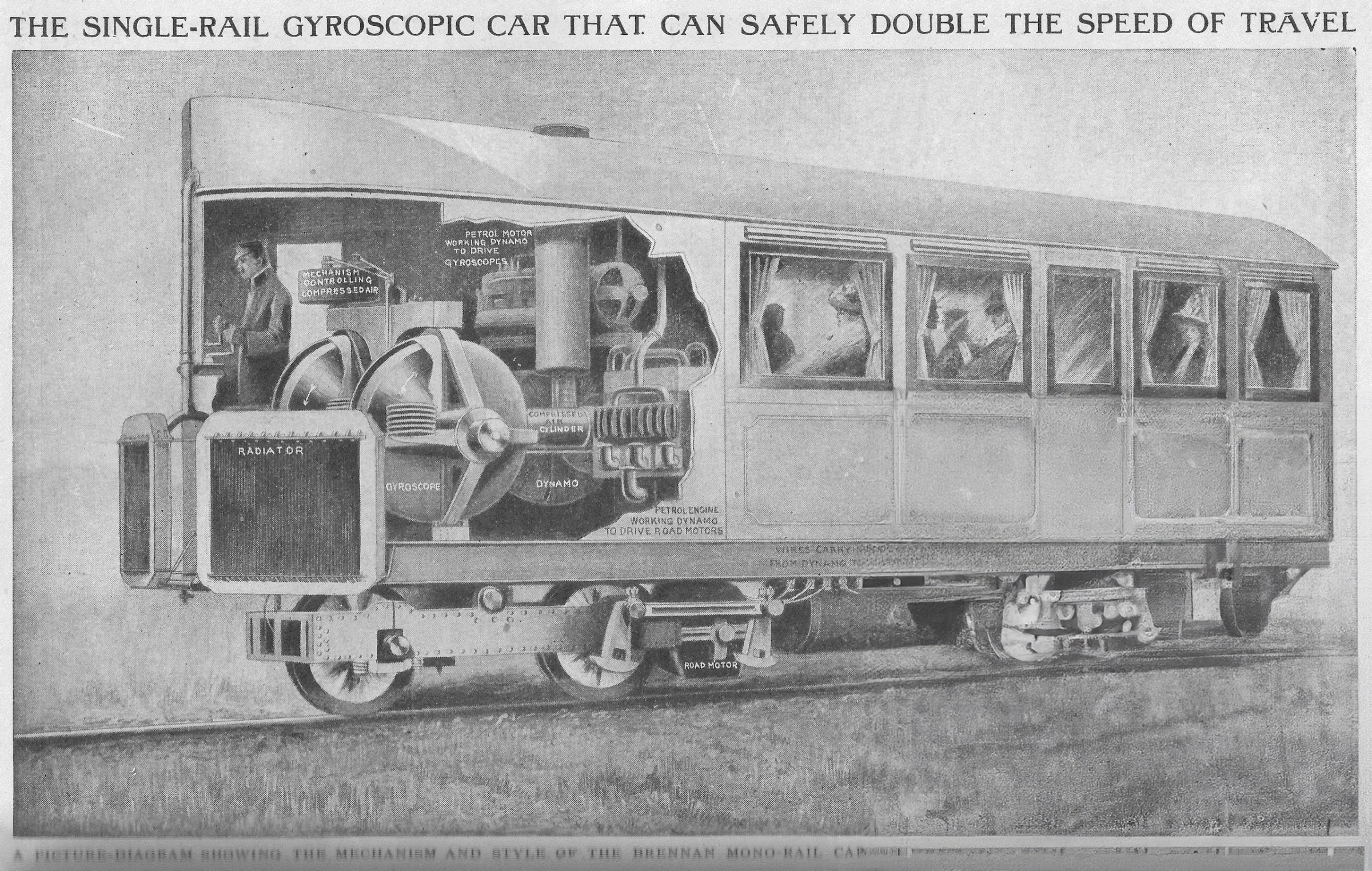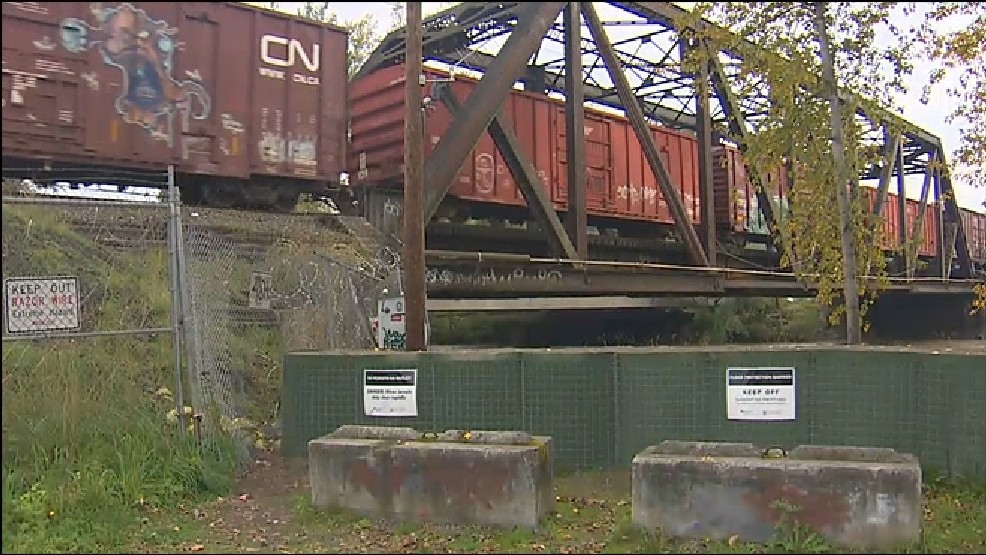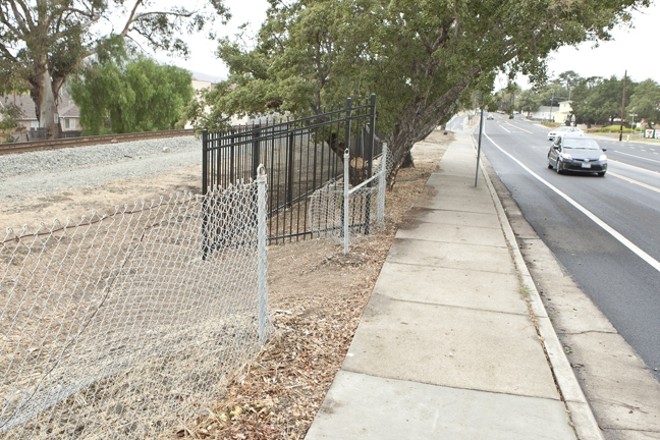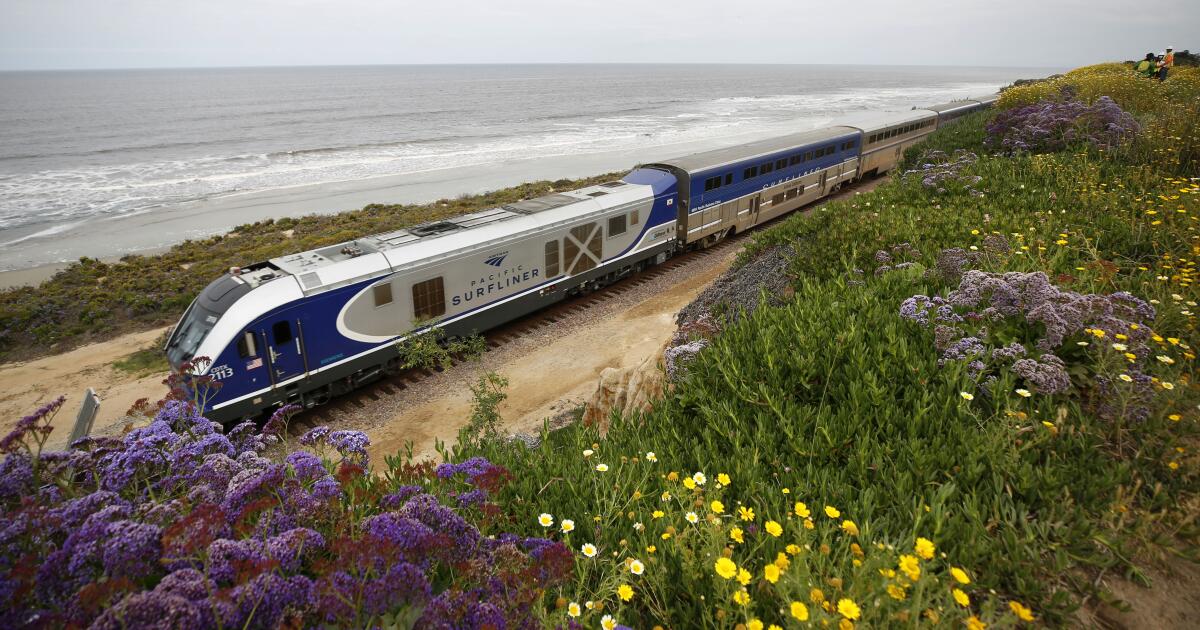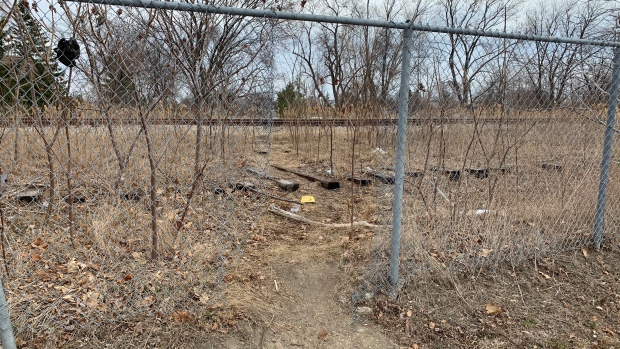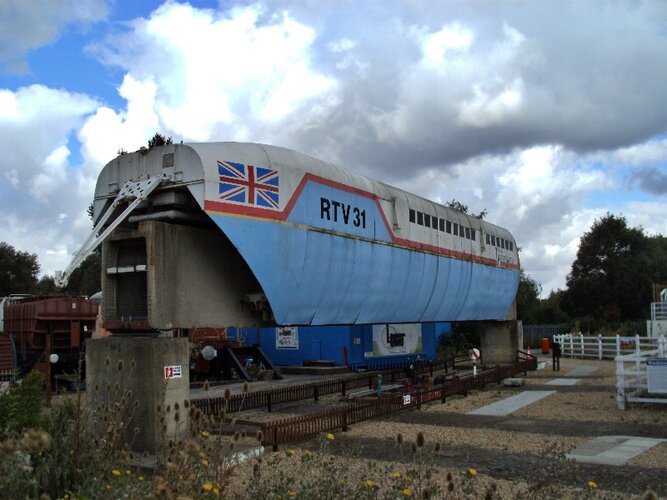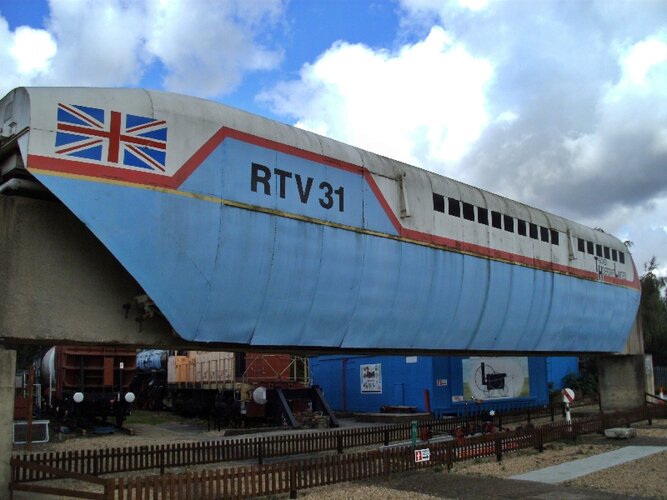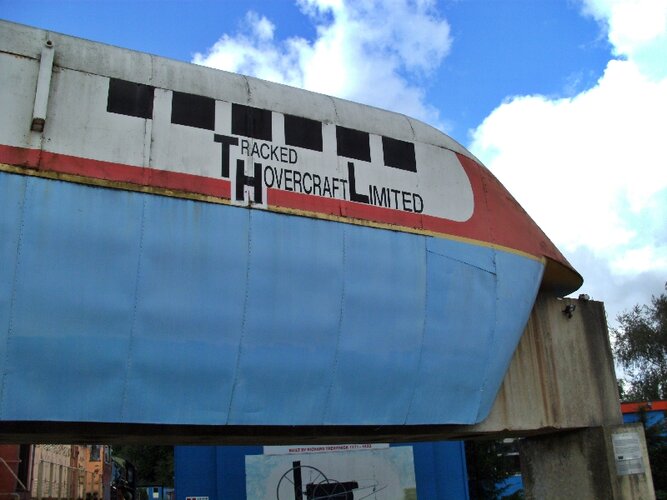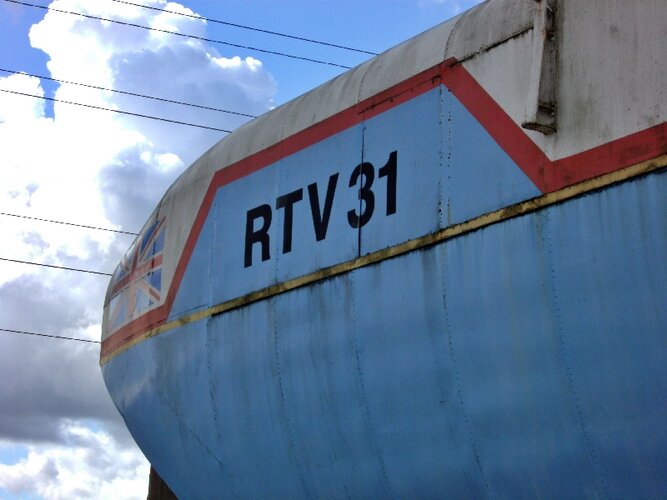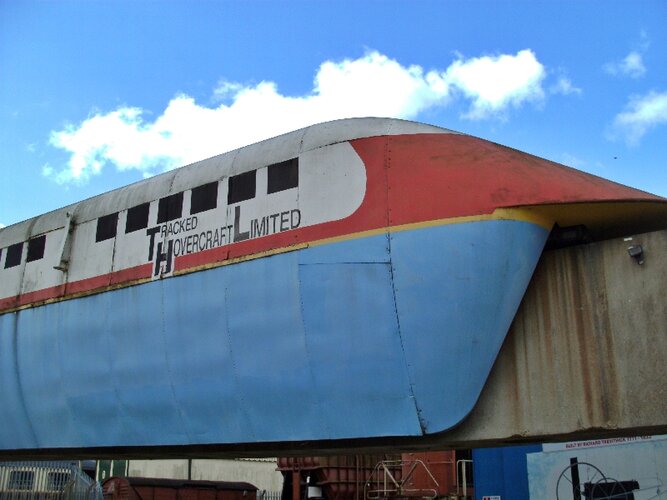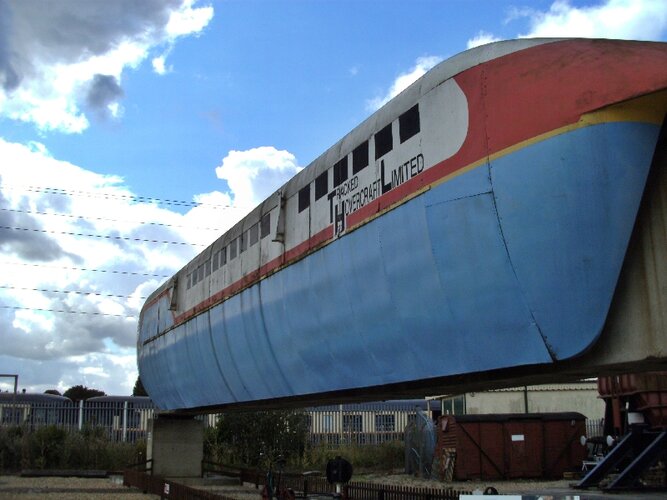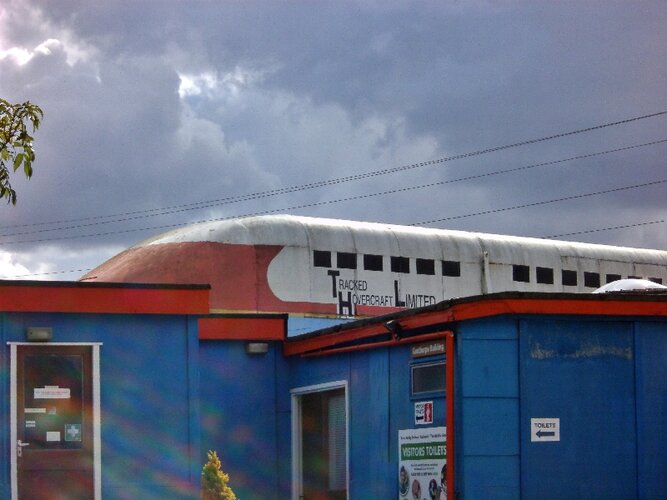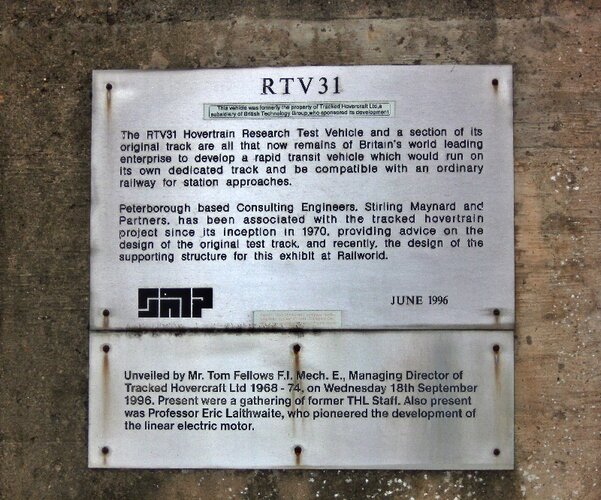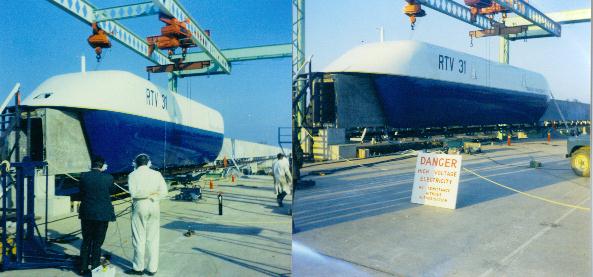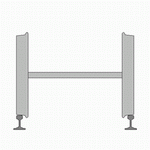Many residents believe it’s their right to cross the railroad tracks, whether to get to the beach or simply to enjoy the view. Some of the most expensive homes in San Diego County are in Del Mar alongside the railroad tracks that hug the edge of the coast.
“I, as many surfers and beachgoers, access the beach via 11th Street in Del Mar,” said resident Camilla Rang, one of about 130 people who wrote letters to the transit district opposing the fence. “I do not want my access to be impeded by fencing on the bluff in Del Mar. As a resident of California, I have a constitutional right to access the beach.”
Rang and others said Del Mar residents were granted the right to cross the tracks by the Santa Fe Railroad deed in 1909, though the city incorporated only 60 years ago.
“We will never accept it,” Rang said in her letter. “We will fight to our last breath. We will scream and we will fight and we will win. The bluff and the beach is our backyard, has always been and will always be. It’s the train that should move, not us, and you know it.”

